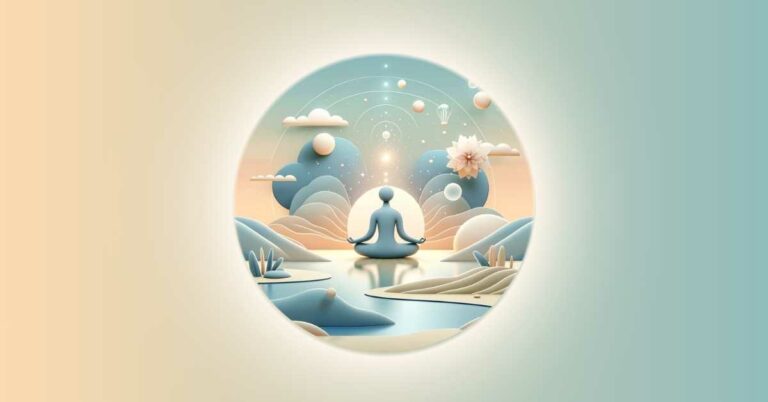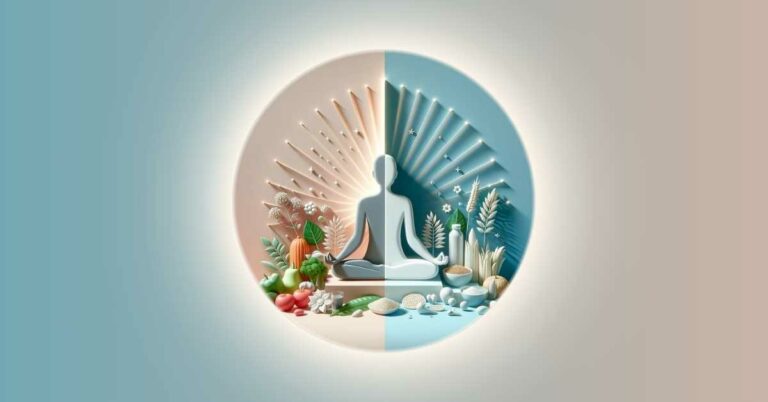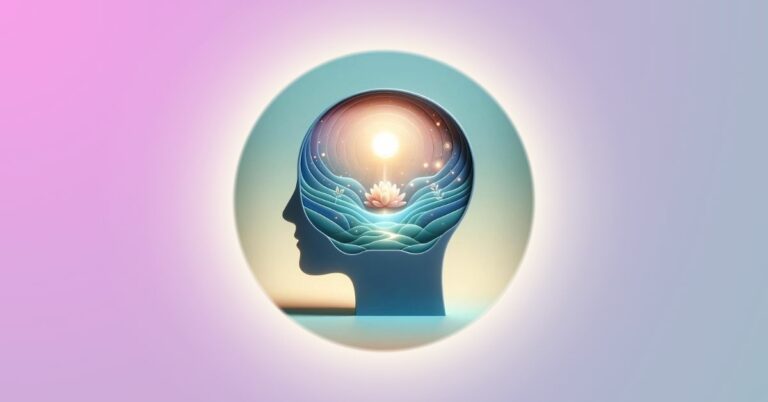
Ram Rajya Bharat – The Call Of Time
Article discusses transition from ‘Ravan Rajya’ to ‘Ram Rajya’ through shifting consciousness, personal transformation for societal change.

In today’s fast-paced world, many of us find ourselves constantly chasing after happiness. We believe that happiness lies in external factors such as wealth, possessions, relationships, and achievements. However, this article serves as a reminder of a profound truth: happiness is not something to be pursued but a state of being that can be cultivated from within. In this piece, we will explore the key insights from the video and understand how we can unlock happiness by comprehending the relationship between our thoughts, actions, and inner energy.
This article begins by acknowledging the prevalent mindset of searching for happiness externally. It highlights the common belief that happiness can be acquired through material possessions, relationships, or other external achievements. We often set goals and tell ourselves that we will be happy when we attain them. However, this perspective may not lead to lasting happiness.
One of the central themes explored here is the differentiation between external and internal sources of power. It underscores that external factors, such as money and material possessions, belong to the realm of matter, while our inner thoughts and energy are part of the realm of consciousness and emotions.
This article explains that to acquire material possessions, we need to earn money, which is a form of matter. Conversely, to attain emotional and spiritual wealth, we must earn and cultivate inner energy. It makes it clear that these two types of wealth are distinct and cannot be interchanged. For instance, money cannot buy inner peace and contentment, just as inner peace cannot purchase material possessions.
A critical point made in this piece is the misconception that we can use our inner state of happiness to buy external objects or achievements. This misunderstanding leads people to believe that accumulating happiness within will enable them to acquire external possessions and experiences. However, this idea is fundamentally flawed, as happiness (an energy) cannot be exchanged for material goods (matter).
This article presents a simple equation: happiness is created by the quality of our thoughts. It emphasizes that happiness is not dependent on external circumstances but on the thoughts we generate in response to those circumstances. Two people can experience the same situation differently based on their thoughts and perspectives.
To achieve true happiness, this piece encourages us to break the connection between external factors and our inner state. It highlights that there is no inherent link between external events and our emotional responses. By realizing this separation, we can gain greater control over our emotional well-being.
Throughout this article, it is emphasized that we have the power to choose our thoughts and, consequently, our emotional states. In any given situation, we have a range of choices in how we interpret and respond to it. By consciously choosing positive and empowering thoughts, we can cultivate happiness from within.
In a world where external achievements are often seen as markers of success and happiness, this article titled “1 Second To Become Happy When Upset” reminds us that true happiness is an inner state that we can create and nurture through our thoughts. By understanding the separation between external circumstances and our emotional responses, we can break free from the cycle of constantly seeking happiness outside of ourselves. The key to happiness lies within our power to choose positive thoughts and embrace contentment regardless of our external circumstances. Ultimately, this article teaches us that happiness is not something to be pursued; it is something to be realized within ourselves.
The central message of the article is that happiness is not something to be constantly pursued externally but a state of being that can be cultivated from within through the power of our thoughts and mindset.
This emphasis is made to help readers understand that external circumstances, such as wealth or possessions, do not inherently determine our happiness. It’s our thoughts and emotional responses to these circumstances that truly impact our happiness.
Breaking the connection involves recognizing that external events and achievements do not have a direct influence on our emotional well-being. By consciously choosing positive and empowering thoughts, we can detach our happiness from external circumstances.
The article highlights that we have the power to choose our thoughts and, consequently, our emotional states. This choice is crucial in cultivating happiness because it allows us to respond positively to situations, regardless of their external nature.
The ultimate lesson is that true happiness is an inner state that can be realized and sustained by focusing on the quality of our thoughts and embracing contentment within ourselves. It encourages a shift in mindset from external pursuits to internal well-being.
Applying the principles outlined in the article can lead to a more stable and lasting sense of happiness and contentment. It can help individuals become less dependent on external factors for their well-being and empower them to take control of their emotions and thoughts.
Absolutely. The article’s concepts can be applied to a wide range of life situations beyond happiness. They can help individuals develop resilience, improve relationships, and enhance their overall emotional well-being by understanding the separation between external circumstances and their inner responses.
Yes, these principles can be applied to find happiness even in challenging situations. By choosing empowering thoughts and focusing on inner peace and contentment, individuals can build emotional resilience and navigate difficult circumstances with greater ease.
Yes, applying these concepts can contribute to personal growth and self-improvement. They encourage a positive mindset and can lead to a more fulfilling and purposeful life by emphasizing the importance of inner development over external achievements.
Readers can start applying these principles by becoming more aware of their thoughts and consciously choosing positive and empowering ones. They can practice mindfulness, gratitude, and self-reflection to foster inner happiness and break the connection between external factors and their emotional well-being.

Article discusses transition from ‘Ravan Rajya’ to ‘Ram Rajya’ through shifting consciousness, personal transformation for societal change.

Exploring how worry affects not only our emotional state but also that of our loved ones, this blog delves into the power of maintaining a high vibrational energy to truly support and empower those around us in times of need

Discover how the energy of giving, reflected in the food prepared with love and intention, can transform your mood and well-being, making every meal a nourishing experience for the soul

respecting ourselves is not just about holding ourselves in high esteem; it’s about realigning with our original, pure state and setting a positive example for others to follow.

Discover how to pack your mental luggage for life’s journey, focusing on forgiveness, understanding, and the power of blessings to live a lighter, more joyful life.

Discover the transformative power of viewing detox not just as a physical cleanse but as a holistic approach to living, emphasizing the profound connection between mind, body, and environment.

Discover why forgiving others, even for significant mistakes, is crucial from a spiritual perspective involving the journey of the soul and karmic accounts

Discover the transformative power of visualization in healing emotional pain. Learn how to let go of the past and open your heart to a future filled with love and peace through this powerful meditation technique.

Discover how embracing the power of giving and connecting with divine energies through meditation can transform your life and bring about a personal Satyug, filled with peace, purpose, and contentment

Discover the profound spiritual essence of Mahashivratri, exploring the significance of awakening, fasting, and the symbolic consumption of bhang, guiding us towards a golden dawn of purity and peace
Start your day with a breeze of positivity and stay motivated with these daily affirmations
After Clicking on Join, You will be redirected to Whatsapp Community to receive daily message. Your identitiy will be secured and no group member will know about another group member who have joined.